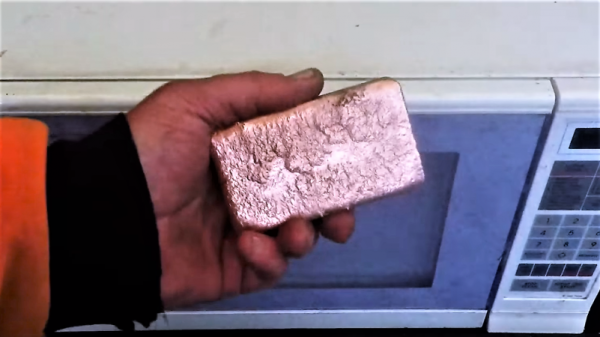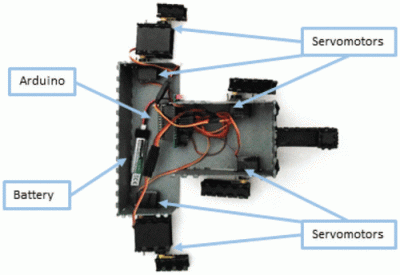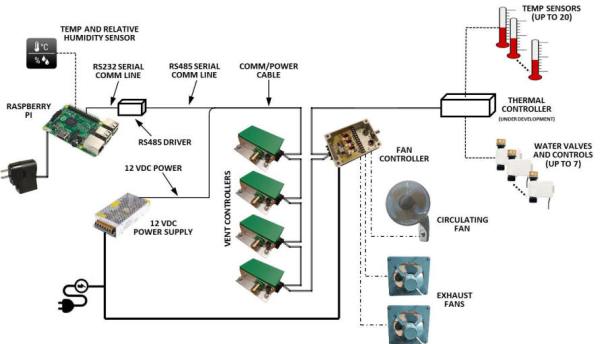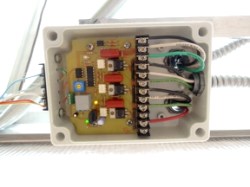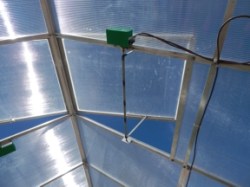Obsolete appliances were once a gold mine of parts, free for the taking with a few snips of your diagonal cutters. Times have changed, though, and most devices yield only a paltry supply of parts, so much so that only by harvesting raw materials can you get much value out of them. And so we have this example of reclaiming copper from used microwave ovens.
The primary source of copper in most microwaves is the transformer, which we usually see re-tasked for everything from spot welders to material handling electromagnets. But the transformer is not the only source of the red metal; [eWaste Ben] also harvests it from relay coils and the main coil and shading coils of the fan motor. The bounty is melted down in an electric foundry and cast in a graphite mold into a lovely ingot.
Unless you’re into repeatedly casting copper trinkets, a large bar of reclaimed copper might not be something you have a burning need to possess. But bearing in mind that copper can go for about $2.50 a pound at the scrap yard, there’s some money to be made, especially with dead microwaves essentially free for the taking. As [Ben] points out, taking the extra step to melt and cast the copper harvested from microwaves makes no sense if all you’re going to do is sell the scrap, but it’s nice to know how to do it just the same.

